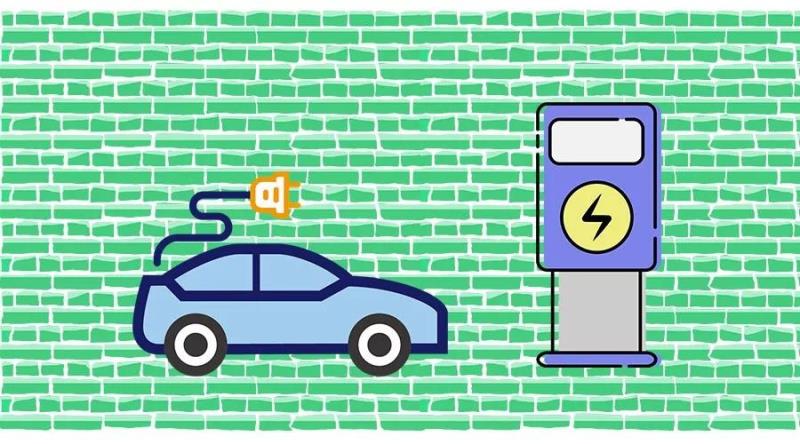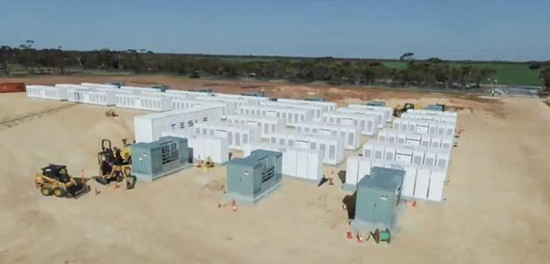Li Ion Battery Capacity Tester-Useful Instruments
Sep 17, 2019 Pageview:1463
Capacity is the most important health indicator for a battery, but estimating capacity is a complex task. The conventional charge/discharge/charge cycle remains the most reliable method of measuring battery capacity. While portable batteries can be recycled quickly, the full cycle of a large lead-acid battery is not as easy to measure, sometimes, a capacity measurement for them may be impractical.
The SAE (i.e the Society of Automotive Engineers) has specified that the capacity of a starter battery for reserve capacity (RC) RC is used to reflect the runtime of the battery in minutes at a constant discharge of 25A. Both the IEC (International Electrochemical Commission) and the DIN (which is the German Institute for Standardization) have marked batteries in Ah with a typical discharge of 0.2 C (5 hours ate) for starter batteries. So, A 60 Ah battery should be discharged at 12A. There is no exact conversion from RC to Ah, but the formula most common is to divide the RC by 2 and add 16 to it. But the shortest way is to divide RC by 1.9.
The energy contained in a battery may be measured using a battery analyzer by performing a complete discharge. The battery is initially charged and is then discharged at a controlled current. During this period, you are measuring the time it requires to reach the final discharge point. A battery at 100% capacity should provide the specific Ah; 50% should be displayed if the discharge time of the battery is halved.
The ability to measure capacity by the discharge provides an assessment that is more reliable than other known methods, it is a more efficient method for portable batteries. A periodic analysis is used to ensure that batteries remain within an acceptable performance or output range and it prompts replacements if the capacity drops below the required target threshold and cannot be increased. Large batteries are unable to be cycled, as this takes a lot of time and somewhat drains the battery. This is where the non-invasive testing methods come into battery testing.
Advances have been made in rapid testing, but only estimated state of health are provided, and the accuracy of the outcome largely depends on the technology used for the testing. While the older rapid test methods are used to measure the internal resistance of the battery, the more advanced rapid test methods are used to analyze diffusion, charge transfer, and the migration present in lead-acid and lithium-ion batteries.?
To test a lithium-ion battery capacity tester yourself, this is the basic operating principle:
· The clock should be set to 12:00
· The battery to be tested should be connected (Polarity is important)
· Press the button once
· Both LEDs light up and the clock starts to work.
· When the lights go off, check the clock display and multiply the time by 0.38. This gives you the amps/hour that you have for this battery.
NOTE: Lithium-ion batteries should not be discharged below 3V
Press the push switch button to connect the tested battery to the relay and enable it to continue working until the control drops below a specified threshold. The connection is then interrupted to stop the discharge.
The white LED you’re using is there to limit the battery discharge to approx. 3.3 V.
The Orange, Green, Red (Red is better for a clock with a 1.5V battery) is there to provide the clock or watch with the voltage required for its operation: both wires of the LED should be connected where they normally should be connected in a battery.
In the case of the load we used in our test, the load consists of two resistors of 4.7 ohms and 5 watts (but it can be anything you intend to discharge the battery with, just don’t overdo it), ensure you calculate I = V / R to obtain the current. Having got that, multiply it by the hours it discharged so you can get the reading in ampere-hours (that's the battery capacity).
If you want, you may use an NPN transistor (which most people prefer) but you need to connect it differently. Then Measure the battery charge as explained earlier.
Before you go home and crack those old laptop batteries open, listen to this for your safety. Lithium-Ion Batteries can be really dangerous. Be EXTRA Careful when working with Lithium-Ion Batteries.
Traditional Lithium-Ion Batteries contain Cobalt Oxide - which is very flammable - enough to ruin your day. All Lithium-Ion Batteries can produce Hydrofluoric acid when the electrolyte is mixed with water in the right proportions. Hydrofluoric Acid will liquefy your bones, and kill you. It is not treatable.
NEVER put more volts into a battery than the nominal rating. Charging a lithium-ion battery with more voltage is not going to make the battery charge faster, it is going to make the battery blow up, venting electrolyte gas at the very least.
To make a battery charge faster - supply more current. If your battery says "3.3V 1.3Ah" this means that the battery can supply 1.3A for 1 hour. When charging the battery, supply 3.3V 1.3A - this will cause the battery to fully charge in 1 hour. 3.3V 3.9A (3C rate) will cause the battery to charge in 1/3 of 1 hour.
There is a limit to how much current you can charge with. Refer to the literature from the Manufacture of the battery cell for charge/discharge. Do not exceed the manufacturers’ specifications. It is not a good idea to solder to the cell.
- Prev Article: Can you use lithium batteries in nicd tools?
- Next Article: Lithium Ion Battery Current Output-Capacity Information
Leave Message
Hottest Categories
-
Hottest Industry News
-
Latest Industry News











